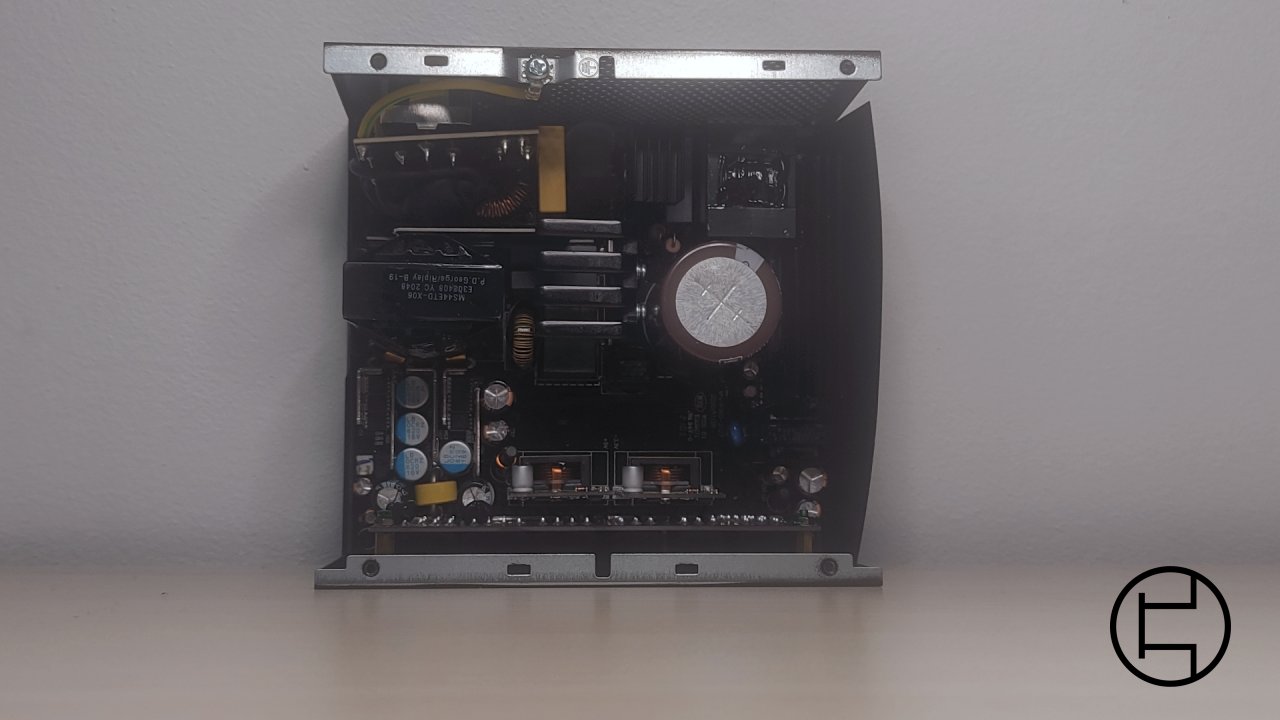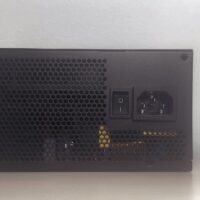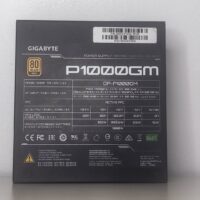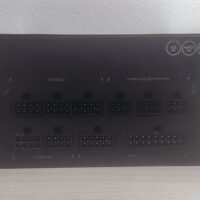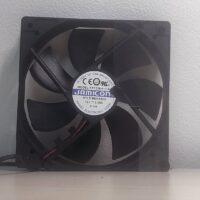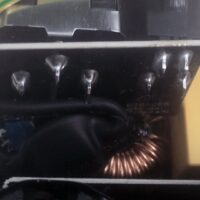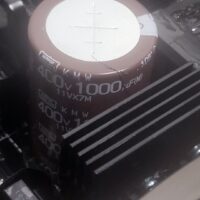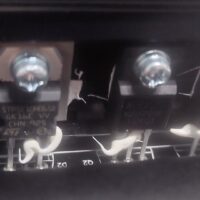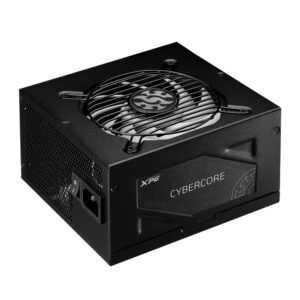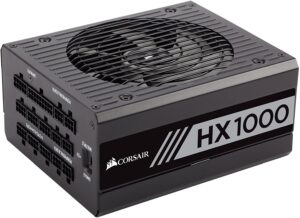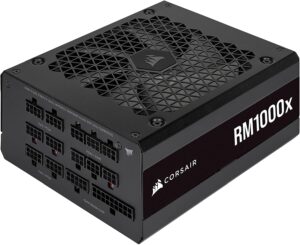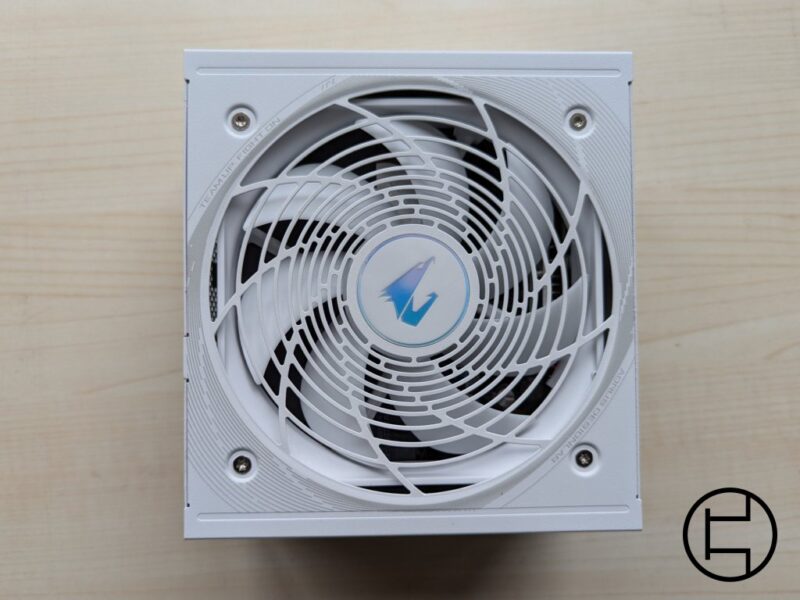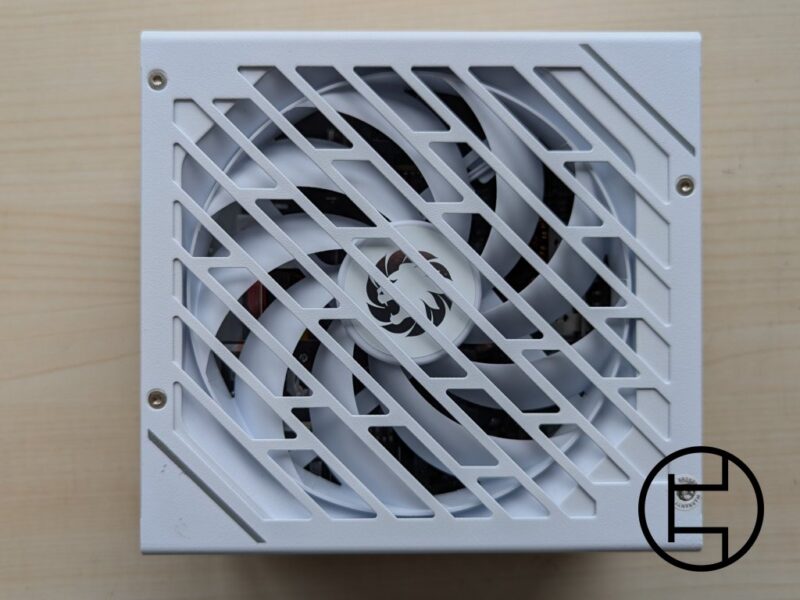Introduction
A few months ago, our writer Leo decided to send me a late gift for my birthday. He didn’t tell me anything until one day a package showed up at my house. Surprisingly, the very PSU I’m reviewing was in the box. I couldn’t stop laughing, as he’s very familiar with the coverage we did around this line of PSUs. The P1000GM gave me some challenges, but it’s time to cover it. Welcome to the review about a unit that I’ve never felt so mixed about.
General Specifications
| Brand | Gigabyte |
| Model | P-GM |
| Wattage | 1000w |
| Introduction year | 2021 |
| Modularity | Full |
| Warranty | 10 years |
Power Specifications
| 3.3V | 5V | 12V | 5VSB | -12V |
| 25A | 25A | 83.3A | 3A | 0.3A |
Cables
| Cable type | Cable Quantity | Connector Per Cable |
|---|---|---|
| ATX 20+4 pin | 1 | 1 |
| EPS12v 4+4 pin | 2 | 1 |
| PCIe 6+2 pin | 3 | 2 |
| SATA | 2 | 4 |
| 4-pin Peripheral | 1 | 3 |
| 4-pin Floppy | 1 | 1 |
The PSU comes with everything we should expect… looking terribly similar to what we saw with Silverstone’s SX1000. It has sufficient EPS and PCIe cables to support a high-end system, as should be expected of a 1000w PSU. This will give me the same complaint and agreement I had with said unit, the PCIe cables. As useful as daisy chaining connectors can be at times for cable management, it’s much more ideal to have individual cables leading to the GPU. With single connector cables this becomes much easier, but gives as downside that you’re limited to a total of three connectors.
External
The P1000GM is very compact at 140mm depth, especially considering the high wattage this unit promises us. This part of Gigabyte’s marketing is absolutely true as most 1000w units are physically much larger. However, most cases that can support high end hardware also have sufficient room for the PSU.
With that out of the way, the P1000GM doesn’t look all that special, but doesn’t look unnecessarily restricted either. The exhaust is what I like to see, and the cables are clearly labeled. Nothing to complain about so far.
Parts Breakdown+Internal
| OEM | MEIC |
| Platform | Unknown |
| Input Voltage | 100-240VAC |
| Primary Converter | APFC Half Bridge LLC |
| Rectifier | Synchronous Rectification |
| Regulator | DC-DC |
| Fan | Jamicon KF1225H1H-A (12v, 0.35a) |
| Bearing | HTLS bearing |
| PCB Type | Double Sided* |
| Bulk Capacitor(s) | 1x Nippon Chemicon KMW (400V, 1000UF, 105C) |
| APFC MOSFETs | 2x NCE NCE65TF099F |
| APFC Boost Diode | 1x ST STPSC10H065D |
| Resonant Controller | Champion CM6901X* |
| Main Switches | 2x NCE Unknown |
| 12v MOSFETs | 6x NCE P40T15GU |
| DC-DC Converters | 6x Unknown |
| DC-DC Controller | 2x uPI-Semi uP9303B* |
| Supervisor IC | Grenergy GR8313* |
| Standby PWM Controller | PR8109T* |
* = Based off other reviews
Normally, we would see protection routing before this. However, I had a hard time confirming the DC-DC controllers due to the modular PCB being too close. A similar issue is caused by the AC plug PCB, as it’s in the way of viewing the bottom and the front of the modular PCB. I chose to leave this aside for now and note my educated guesses using other reviews of the P1000GM and P750/850GM. I was also unable to see the main FETs properly due to the bulk cap being in the way, but was able to get a glimpse of an NCE logo. These are different from the 750w version, which used FETs from Jilin Sino.
Now on to components that are better visible. It uses a single massive bulk cap by Nippon-Chemicon, featuring an insane 1000 µF rating. Normally we see two smaller capacitors at this capacity, but Gigabyte likely made this choice to use a similar, if not the same MEIC platform shared with the 750w and 850w units.
The rest of the capacitors used in the P1000GM are however not Japanese like Gigabyte seemingly claims in their marketing. For example, we can see a few capacitors around the unit made by Teapo, a Taiwanese company. This doesn’t make a difference since most capacitors for consumer-grade ATX units are produced in China either way and only have a Japanese board controlling production. This is not an issue, but worth pointing out considering Gigabyte’s claim.
The fan is claimed to be a “HTLS” bearing by Jamicon, according to them an improved HDB fan. This is a different fan from Aris’ review of the 750w unit over at Techpowerup, which used a Yate Loon fan. Something worth noting is that said fan was claimed to be a FDB/HDB fan by Gigabyte, but turned out to be a rifle bearing fan. This is sadly common practice in the industry and the only way to find this out would be to open and potentially destroy the fan. Regardless, a good rifle bearing fan would hold up to the 10-year warranty, but it’s worth pointing out.
While I was able to identify the main FETs to a limited degree, something that has been a concern with the lower wattage units to many, I’m unable to see if the same “fix” had to be applied with a change in layout due to the AC board being in the way. This still makes me feel a bit mixed about it.
Conclusion
I tried going into this review with an open mind, leaving out all the drama I’ve had with this series of PSUs. The unit has barely been covered with only one review from Exprereview, with the 750/850w having quite a bit more coverage. I’m unable to identify some of my concerns, with the rest of the unit looking mostly fine, but unimpressive compared to competition.
Especially considering Gigabyte and MEIC’s recent track record with everything from denying known issues, refusing to take units back without the bundled GPUs, somewhat misleading marketing and even when fixing the issues putting the blame on reviewers and lying about the solution they found for it, I have a hard time recommending the unit.
Making it even harder, Gigabyte recently released the UD1000GM, which looks very similar with the main difference being the inclusion of a 12VHPWR connector for next generation GPUs. With a ton of other options from more experienced manufacturers, I’m looking towards different units for now.
Gigabyte P1000GM
Buy P1000GM- Very compact
- Compatible with high-end CPUs and GPUs
- Questionable track record of both vendor and OEM
- Limited coverage
- Better alternatives
Alternatives
- 1000w and 13000w options
- Solid electrical and noise performance
- Widely covered by reviewers
- Recently released, making it harder to find
- Expensive
BeQuiet Pure Power 11 FM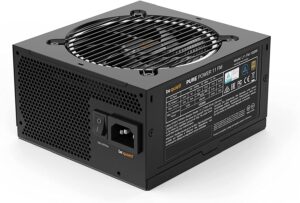
Buy Pure Power 11 FM 1000W
- Widely covered by reviewers
- Solid electrical and noise performance
- Recently released, making it harder to find
- Different design from the 550/650/750w units
Chieftec PowerPlay Platinum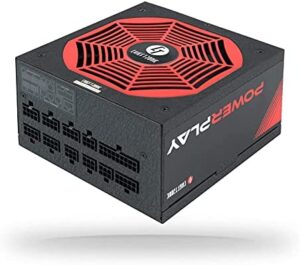
Buy Powerplay 1050W
- Widely covered by reviewers
- Solid electrical performance
- Loud
- Chieftec mainly sells in Europe
EVGA G6
Buy G6 1000W
- Widely covered by reviewers
- Solid electrical and noise performance
- Often found on sale
- Potentially sensitive to GDDR6X Ampere GPU due to 12v sensing issues on Seasonic units
- Widely covered by reviewers
- Solid electrical and noise performance
- Configurable multirail setup
- Less compact
- Expensive
- Widely covered by reviewers
- Solid electrical and noise performance
- 2021 version is louder
- Less compact
- Widely covered by reviewers
- Solid electrical performance
- Built like a tank
- Loud
- Expensive
